How the strange scientific instruments of antiquity worked, which miraculously survived to our times
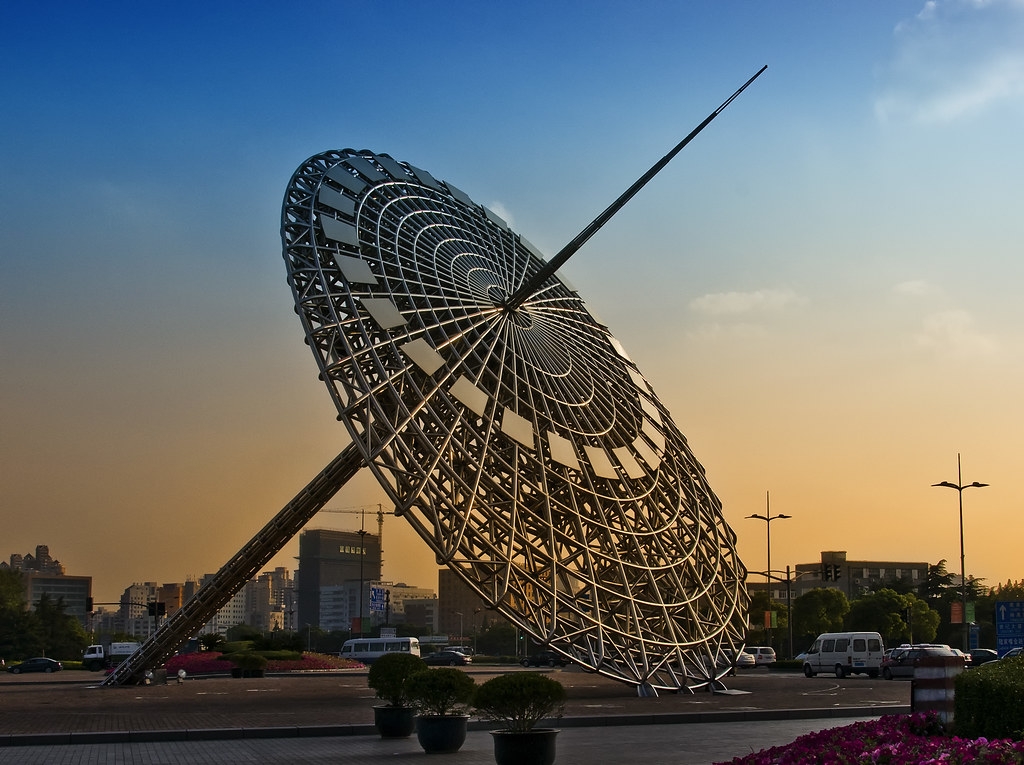
Millennia ago, people still sought to know the world around them. They came up with a variety of tools that allowed them to carry out certain measurements and calculations. Each of these devices was a step towards modern scientific achievements and the development of new technologies. The most surprising thing is that many of these tools can be seen today.
Ancient observatories
Ancient observatories, built around the world to observe celestial bodies, have reached our days in one degree or another of preservation.
In Beijing, on the site of the old observatory, there is now a museum where you can see various instruments and instruments that have helped astronomers for many centuries. They are installed on top of an old building, which contains, in addition to the museum, also a modern planetarium.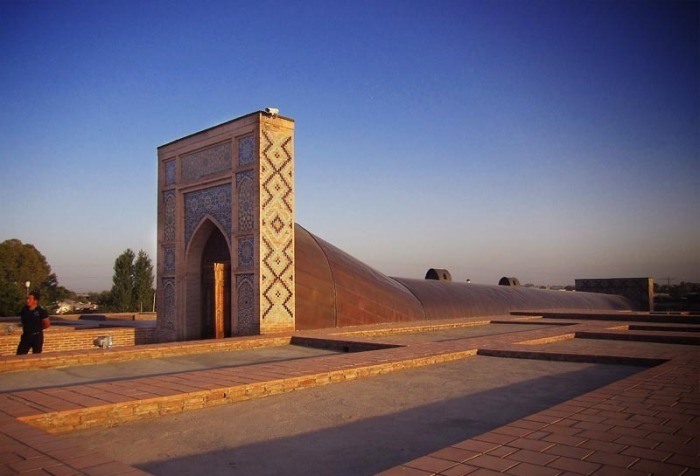
The Ugulbek Observatory in Uzbekistan was once a symbol of devotion to science of the Samarkand prince, who built this religious building for his time. It was here that in 1437 a medieval star catalog was compiled, the length of the year was determined. 20 years after the death of Ulugbek, science fell into decay, scientists left the observatory, at the beginning of the XVI century it was destroyed. A part of a huge sextant has survived to this day, with the help of which the height of celestial bodies was measured. Today, a museum is open next to the place where the observatory was located. Numerous materials on the astronomy of the Middle Ages are collected here and a model of the Ulugbek Observatory has been recreated.
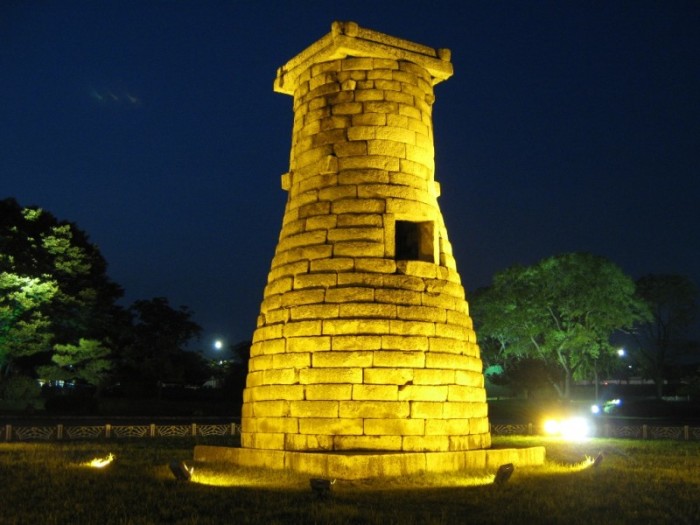
Chomsongdae in South Korea is an observatory, during the construction of which 27 rows of bricks were laid and each of them had its own meaning. In this observatory, a special meaning was given to numbers, and the results of research astronomers (and astrologers) reported directly to the royal court.
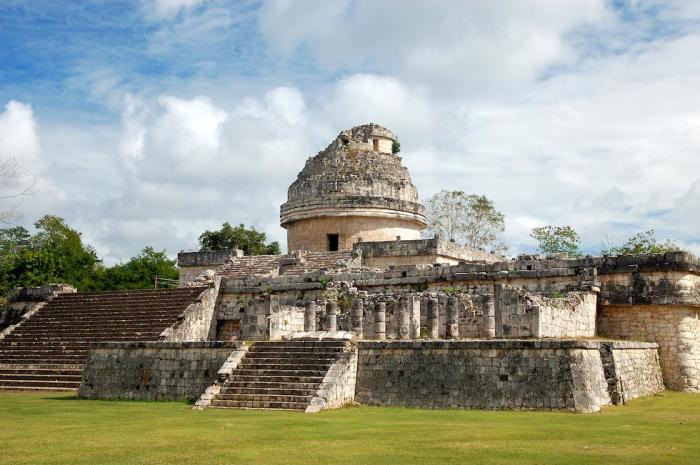
El Caracol in Chichen Itza is still a monument to the architectural skill and scientific knowledge of the ancient Maya. This observatory was built to observe Venus, considered a sacred planet by the Maya.
Medieval clock at Salisbury Cathedral
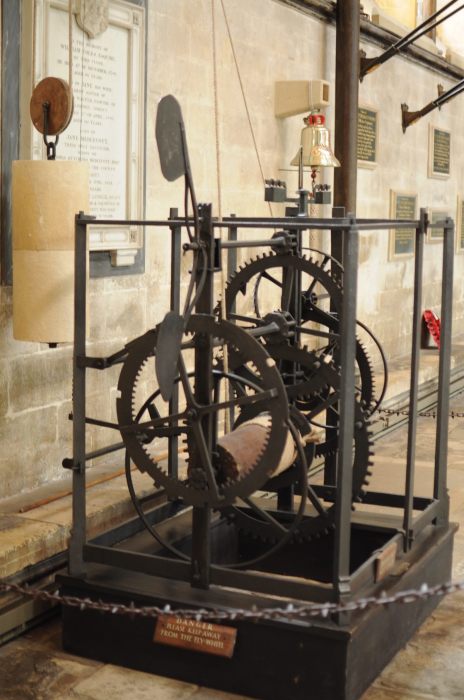
The oldest watch in Europe, which has retained not only its original appearance, but also full operability. The clock did not show the time, it had to call periodically, reminding local parishioners of the service. They were installed in 1386, and since then for more than 600 years, the clock has been regularly turning its wheels. In 1956, they were restored and put back into operation.
Gavazan in Tatev Monastery

A unique pillar was installed in Tatev back in 904. The most accurate calculations made it possible to install the octagonal column strictly vertically, providing it with a swivel hinge, which allowed the column to swing even with a minor earthquake or the approach of an enemy army. Today, the pillar no longer swings in an earthquake, but still occupies an honorable place in the monastery.
Sundial Samrat Yantra
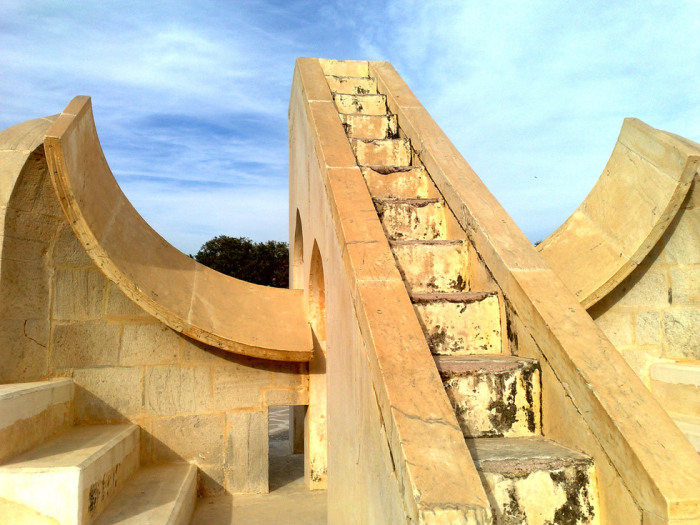
The world's largest sundial stone clock is located in Jaipur in India, at the Jantar Mantar Observatory. Maharaja Sawai Jai Singh built 5 observatories during his reign, but the largest one was located in Jaipur, the hometown of the Maharaja. The diameter of the largest watch is 27 meters. A slightly smaller copy can be found at the Observatory in New Delhi.
Nilomer (nilometer)

Today, only 20 nilomers survive in Egypt – structures that were used to measure the level of the Nile. These buildings made it possible to predict drought or, conversely, flooding of sites. Depending on this, it became clear what kind of harvest was worth waiting for.
In total, there were three types of nilomers. The first type, which includes the nilomer on the island of Roda, was built in the form of a high column immersed in a kind of stone well. Data on this instrument have been preserved since 621 and are considered the longest systematic measurements.
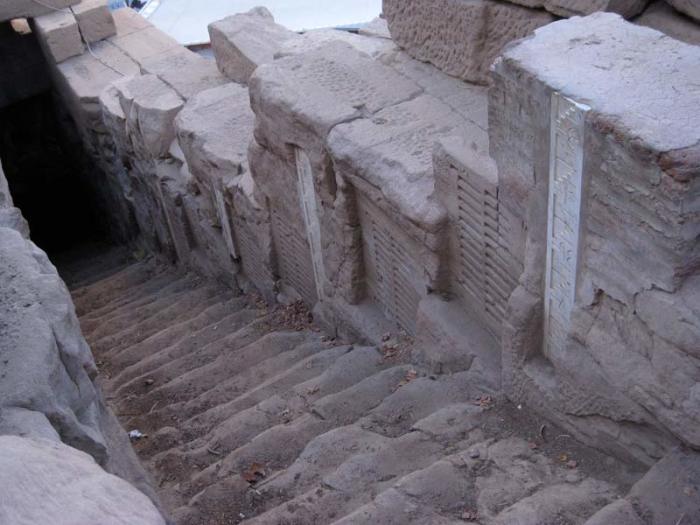
Another type, an example of which can be considered a structure on the island of Elephantine, counted the evenly spaced steps leading to the Nile, and had markings on the walls.
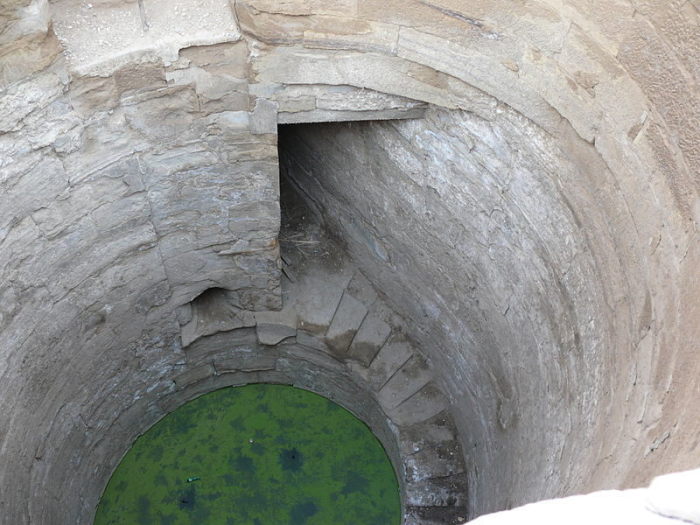
The third species can be found today in the temple of the city of Kom Ombo. It was a huge cistern through which the waters of the Nile flowed with the help of a canal. Markers were also marked on the walls of the tank.
It should be noted that only priests and rulers had access to markers and the ability to observe changes in the state of the Nile.
Antikythera Mechanism

This mechanism was raised from an ancient ship in 1901 and soon became the object of close attention from scientists, who do not stop studying today. It turned out that it was used for astronomical measurements and allowed to calculate the dates of astronomical events.
The Antikythera mechanism was supposedly created between 250 and 100 BC. The place of its creation is called Rhodes and Syracuse, but this information can not be called absolutely accurate.
This mechanism is called the first analog computer because of its complexity at the time of creation and the ability to use it to simulate astronomical cycles.
There is an opinion that the technological progress of human civilization began with a wheel. But relative to the whole of human history, the wheel appeared not so long ago. In Mesopotamia, the wheel appeared only 5500 years ago, and representatives of many other cultures, in particular, the inhabitants of Easter Island, managed to achieve impressive technical achievements.
- Arts
- Business
- Computers
- Games
- Health
- Home
- Kids and Teens
- Money
- News
- Recreation
- Reference
- Regional
- Science
- Shopping
- Society
- Sports
- Бизнес
- Деньги
- Дом
- Досуг
- Здоровье
- Игры
- Искусство
- Источники информации
- Компьютеры
- Наука
- Новости и СМИ
- Общество
- Покупки
- Спорт
- Страны и регионы
- World


